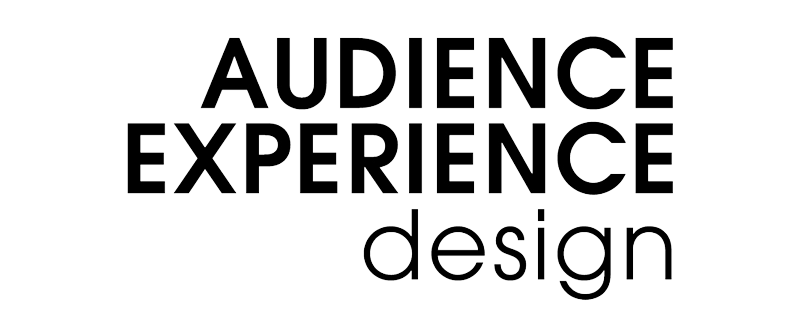
Testing your prototypes, which may look like engaging your audience in the AXD blueprint, dress rehearsals, or full-scale performances, is fundamental to the process of innovation. This tool is all about engaging your audience in a lower-fidelity version of what you are creating.
When to use!
When you have a prototype or part of a prototype to try out with your audience
When you are preparing for the launch of an event
Details
- Materials – your prototypes, notes, video/audio recorder, surveys (if using)
- Energy level – Moderate
- Team members – 3-5
- Participants – n/a
- Expected output – audience interaction with a real, lower-fidelity version of your event
Notes
Conceptually similar to interviews and observations, the test is all about understanding your audience. Revisit your persona(s) and ideas to see what components may need to be tested. You want to structure your test in a way that helps you understand your audience’s reaction to your concept before opening night. Some tests could include:
- A talkthrough or walkthrough of the audience journey
- A mock scenario of one particular moment in an event
- A full dress rehearsal with invited audience members
- A performance of a regularly recurring series
Whatever the test, it must be set up to capture feedback in the moment of the interaction (see feedback description on next page). Nielsen Norman, a UX design firm, recommends testing products with at least 5 individuals.

